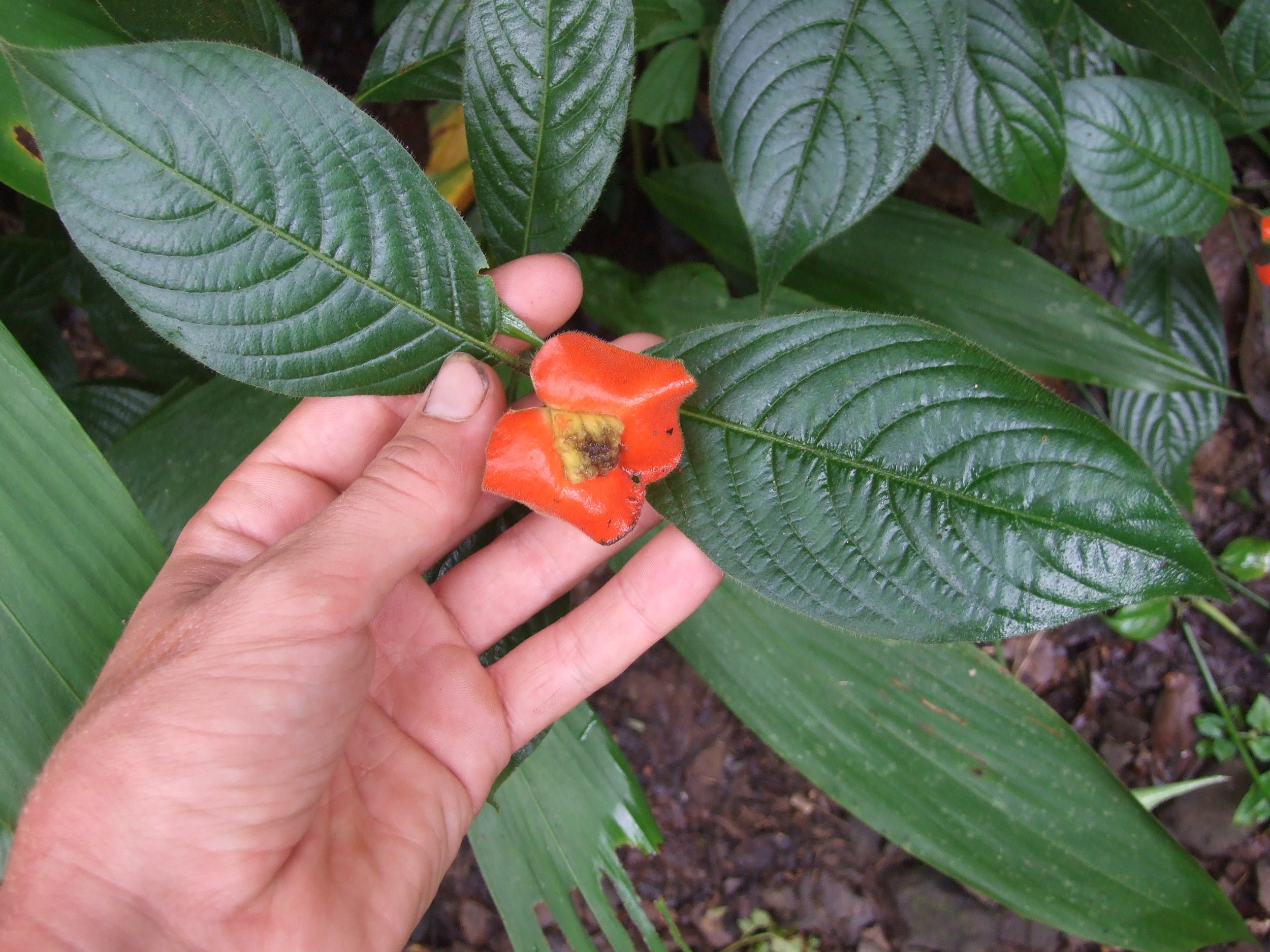BACKGROUND< ORIGIN AND DISTRIBUTION
Native to the forests of Panama, this photo was taken in Soberania national park on the Pacific Side. The species ranges widely in the tropical Americas, from from Chiapas, Oaxaca, Tabasco and Veracruz in Mexico to the very north of Argentina. It does not occur on the Pacific side of the American cordillera however, and is thus absent from El Salvador and Chile. It is probably also absent from Uruguay and Paraguay.
PROPAGATION AND CULTIVATION
I have propagated this Psychotria poeppigiana from seeds and cuttings collected in the dry tropical forests on the Pacific Coast of Panama.
USES AND ETHNOBOTANY
This species has been used as a hunting fetish, as a magical talisman to facilitate hunting. The leaves and flowers would be placed in a bundle and tied to the collar of dogs when hunting taipir. In Suriname the plant is crushed then boiled, the resulting liquid can be used as wash for headaches. This same preparation can be used as an external wash for sprains, rheumatism, muscular pains and contusions.
The Wayana indians of Suriname use bark raspings from the stem and rub it on a skin rash known as "poispoisi". The red, sap-filled inflorescence are used for an antalgic to treat earache, administered by dropping the sap into the ear canal. The inflorescence is used to remedy whooping cough.
This species of psychotria has also been used as a P. viridis analogue in ayahuasca, containing significant amounts of DMT.



